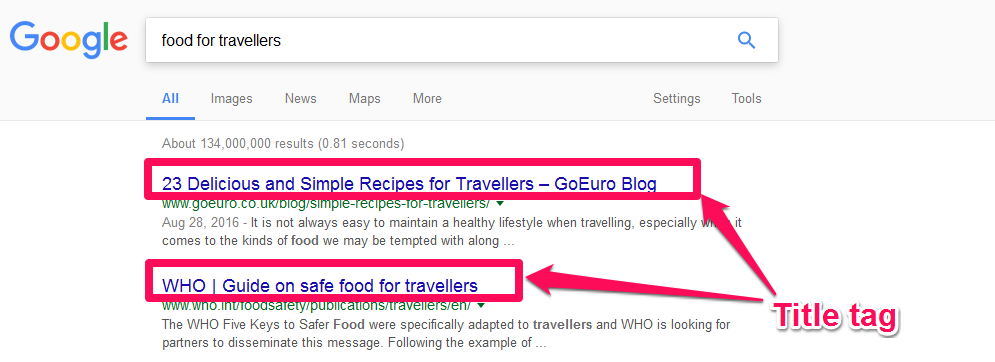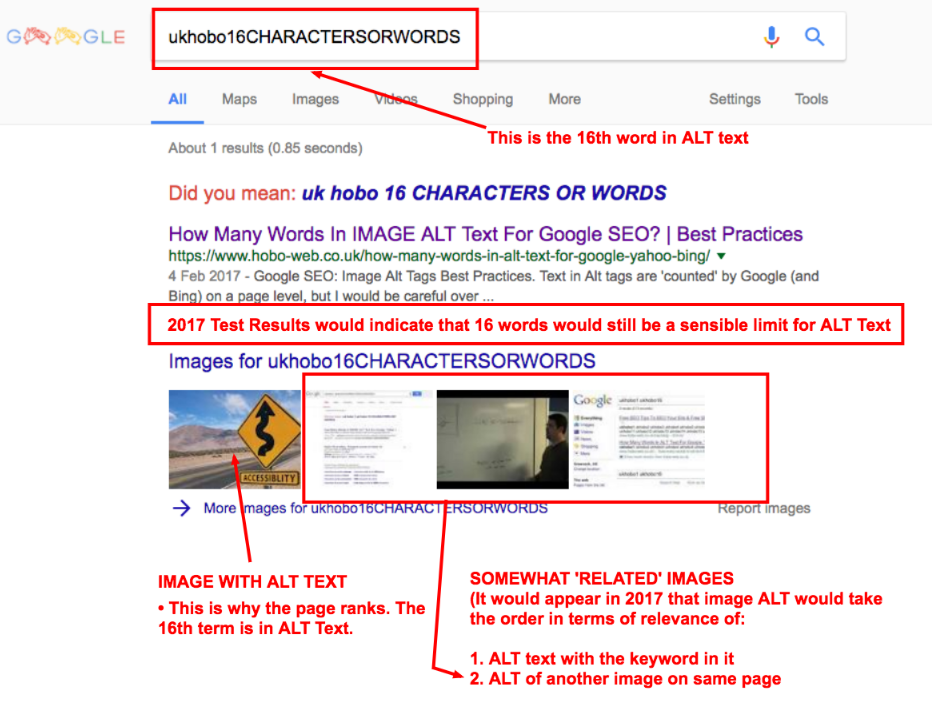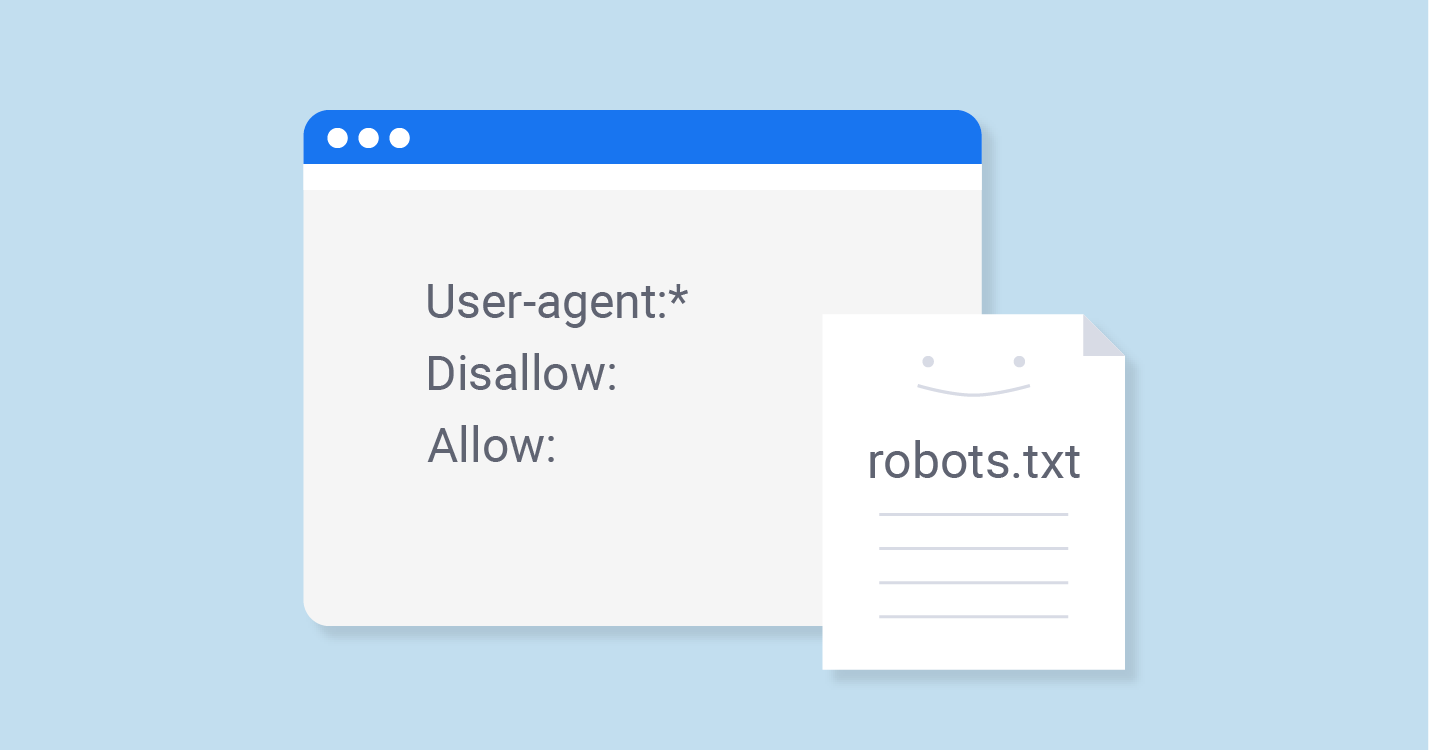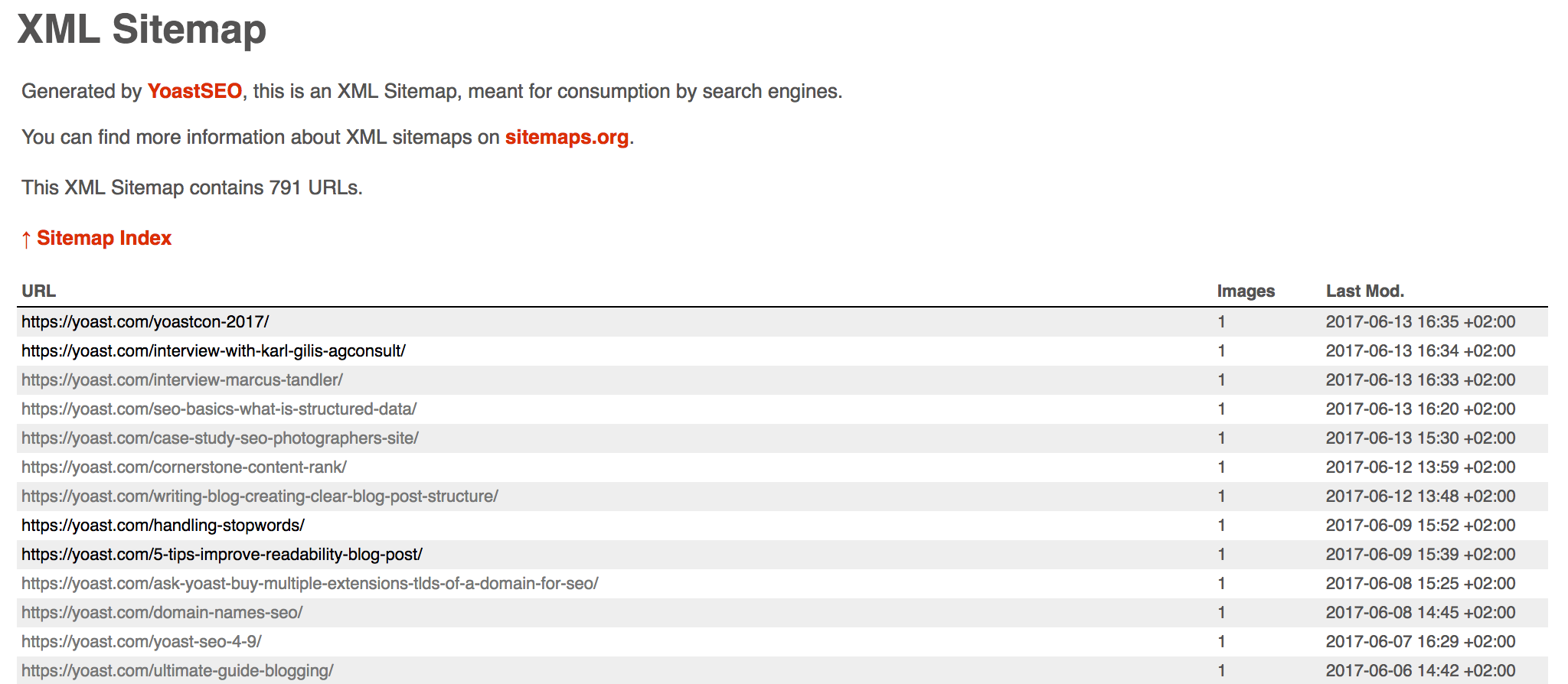# On Page SEO Guide 2019
On Page SEO also known as “On-Site” SEO is the act of optimizing different parts of your website that affect your Search Engine Rankings. It’s stuff that you have control over & can change on your own website.Everyone wants to have their site on the top ranking of the google. In the process of making this, we will try to make the website such that it will easily crawlable & readable by search engine bots.
That basically the on-page SEO all about.
As we all know the SEO can be divided into two categories :
A] On Page
B] Off Page
What is on page SEO..
According to different expert, there are numbers of factors can be included as On page SEO.
I have included the most important On page Factors which is must have for all.

1.Title :
There are multiple tags on your page. The most important is your title tag. The title is what users see in the search engines for both organic results and paid ads, and the words that appear at the top of each tab in your browser.The title tag outlines what the page is about. When ranking web pages for particular queries, Google looks at the title tag and compares that to the rest of the content on the page.
If you’re working in HTML, the code for the title tag looks like this:
<title>Everything You Need to Know About On-Page SEO</title>

Best practice is to ensure you stay below the character limit so your titles display properly. You can use Snippet Optimizer to simulate how your title and meta description will appear in SERPs.
Use your title tag to stand out from your competitors, appealing to your visitors. Make sure all the pertinent information is included, including your keywords and location for local businesses.
While it’s recommended to use your core keyword within the title, Google is shifting toward relevance and semantics in the results. Users aren’t blindly clicking on the first result, reading the titles and descriptions to find the best answer to their query.
2. Description :
The meta description conveys what users will find on the page. While not a direct ranking factor, search engines read the meta descriptions to determine the page’s topic and the audience that will find value.A well-written meta description can generate a competitive advantage in the search results, creating a higher click-through rate with a greater chance of conversions. While there is a possibility that Google will omit the custom description and pull an excerpt of the content on the page, it is recommended that you fill in the meta description for every page of your site.
The best way to check which pages are missing a meta description is to run your website through Screaming Frog’s SEO Spider. It shows you every URL under your domain, the meta description, and its length.
Earlier in 2016, Google extended the length of descriptions for both desktop and mobile. For desktop, users will see up to 200 characters, while on mobile they’ll be shown up to 172 characters. To appeal to users on both devices, keep your description between 165 and 175 characters.

Clearly outline what users will find on the page. Add your brand name and sprinkle in a keyword or two if they don’t sound forced. Think about synonyms and other terms that will get the point across.
This is the first interaction many visitors have with your brand. Make it welcoming.
Think of the meta description as your organic ad text.
Tell users what’s in it for them to click through to your site. Include an offer or call to action to entice a click. You’ll also see some websites show multiple site links to direct users to the page they’re looking for. My company, Best SEO Company in Philadelphia, PA | SEO Services in Bucks County Digital Agency, has multiple pages you can click on to find out more about the agency.
To find success and steady traffic to your site, it starts with your title and meta tags. Once you get the clicks, it’s up to your user experience and quality content to maintain engagement.
3. Heading :
Your landing page or blog should include multiple heading tags, from the h1 down to a potential h6. The most important is the h1. You should never have more than one h1 tag on any page. Include multiple h2’s or h3’s as users scroll down the page. These are used as subheadings.
Use the headings to represent the different sections of the page. You’ll notice the impact from both an SEO standpoint and a usability standpoint.
4. Keyword Cloud :
Keyword(s) should be included in Meta-Title Tag and Meta-Description Tag and Content.5. Keyword Density :
Safe keywords density should range between 2-4% for your targeted keywords. These keywords should be the one your customer search and product you offer. At present the targeted keywords are not being used.
6. Image Alt :
The "alt" attribute provides a text equivalent for the image. If the browser cannot display an image the alt description will be given in its place. Furthermore, some visitors cannot see images as they might be blind in which the alt tag provides a valuable image description.Finally, search engines utilize the alt attribute for image search indexing.

7. HTML / Text Ratio:
Original content is by far the single most important element to search engines. Low Text to HTML ratio indicates little content for search engines to index. We consider it to be good practice to have a Text to HTML ratio of at least 10% and ideal above 25%.
8. Indexed Pages:
Pages need to be indexed on Google with proper indexing by using Google Webmaster Tool.9. Custom 404 page :
A 404 is a standard http response code for a resource that cannot be located on the server. Web servers usually return a "404 notfound" error page for non-existing pages. Unfortunately, these default error pages are very generic and a not very user friendly, therefore, using a custom 404 error page is highly recommended.
10. Page Rank :
Pagerank tells the popularity of the website.
11. Broken Links :
Broken links send users to non-existing web pages. They are bad for your site's usability, reputation and SEO. If you find broken links in the future, take the time to replace or remove each one.12. URL Canonicalization :
Domain name with WWW and without can be considered as different pages causing duplicate content for search engines.13. Robots.TXT :
A robots.txt file restricts access to your site by search engine robots that crawl the web.
14. Page Speed Score :
Mobile page speed score should be above 70 and Desktop page speed score should be above 80. Page Speed analyzes Web Pages and evaluates its performance while providing suggestions on reducing page load times. Google is now incorporating website speed in search ranking.
15. XML Sitemap :
A sitemap lists URLs that are available for crawling and can include additional information like your site's latest updates, frequency of changes and importance of the URLs. This allows search engines to crawl the site more intelligently.
16. Blog Section :
It helps to drive traffic to your website, increases your SEO/SERP. It also helps to position your brand as an industry leader and develop better customer relationships.17. Google Analytics :
Web analytics let you measure visitor activity on your website.
18. URL SEO Friendly Test :
SEO Friendly URLs contain keywords that explain the article, and they're easy to read by both humans and search engines.A good structure can help the indexation process of your website.19. W3C validations :
It is good practice to use valid HTML/XHTML markup as it ensures that the search engines can read the website correctly as well as it improves cross browser compatibility.
20. Doc Type :
The Doc type is used to instruct web browsers about the document type being used. For example, what version of HTML the page is written in. Declaring a doc type helps web browsers to render content correctly.
21. Language :
The HTML "lang" attributes and language meta tag define the base language to be used for displaying text and characters on a Website.
22. HTTPS (SSL) :
Google is now treating HTTPS as a ranking signal. HTTPS is a secure web protocol that allows for encrypted communication between website and the client. HTTPS protocol requires your website to have an SSL certificate, which can be purchased from a Certificate Authority (CA) or SSL vendor.23. Schema Code :
Schema is a type of micro data that makes it easier for search engines to parse and interpret the information on your web pages more effectively so they can serve relevant results to users based on search queries.
24. Mobile Friendliness :
It is important to have a well-configured website for visitors who access your page on mobile devices. Mobile Friendliness refers to the usability aspects of your mobile website, which Google™ uses as a ranking signal in mobile search results.25. Social Media Presence :
High level of social activity increases domain authority and ability to rank higher, helps search engines to find and index new content in real-time, provides indicators for content authenticity and reader's engagement.26. IP Canonicalization :

Some web spider’s index websites using IP as well as domain name which can cause duplicate content if there is no IP Canonicalization.

# Conclusion :
So,This is the some of the basic things we should look for On Page Seo.The list will continue. Here we have seen some of factors which you should give priority.
Now your turn. Share your thoughts. Leave comment or massage me if you have anything to discuss.

No comments:
Post a Comment